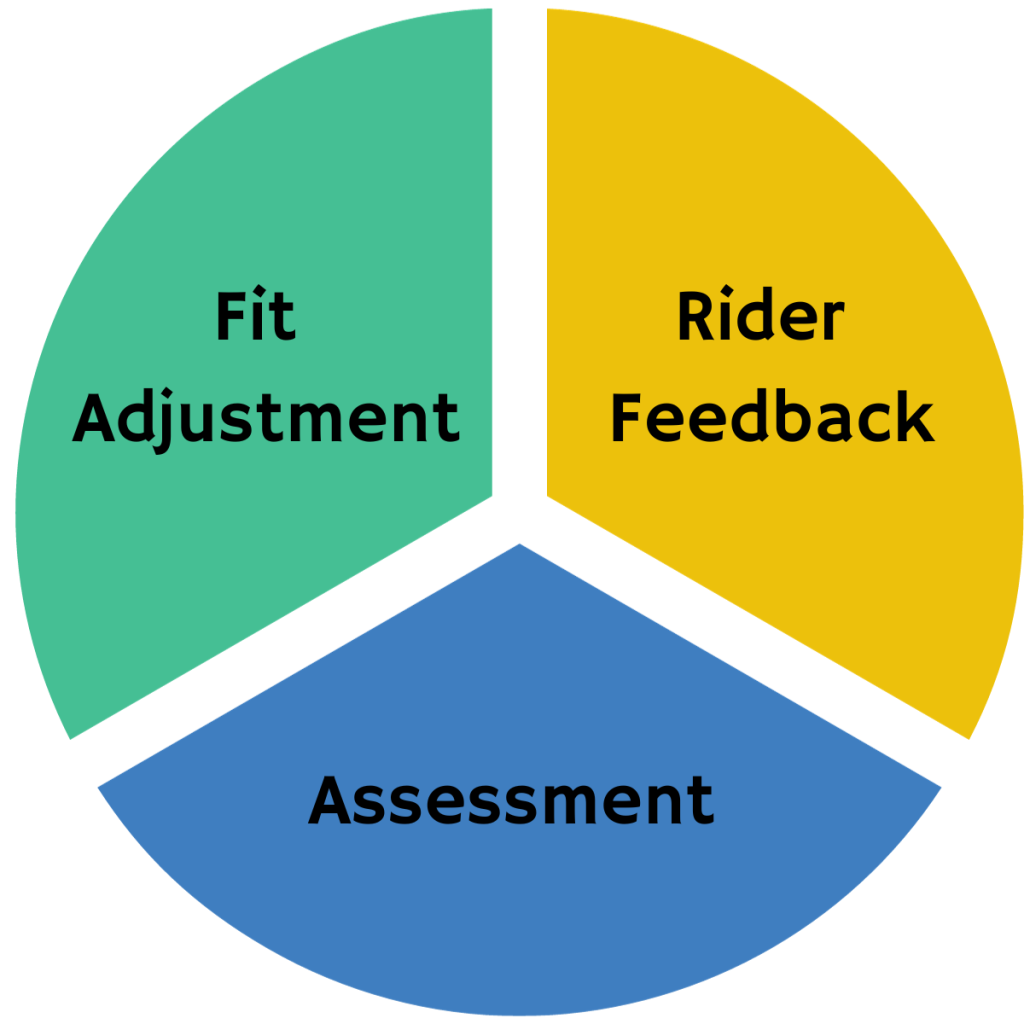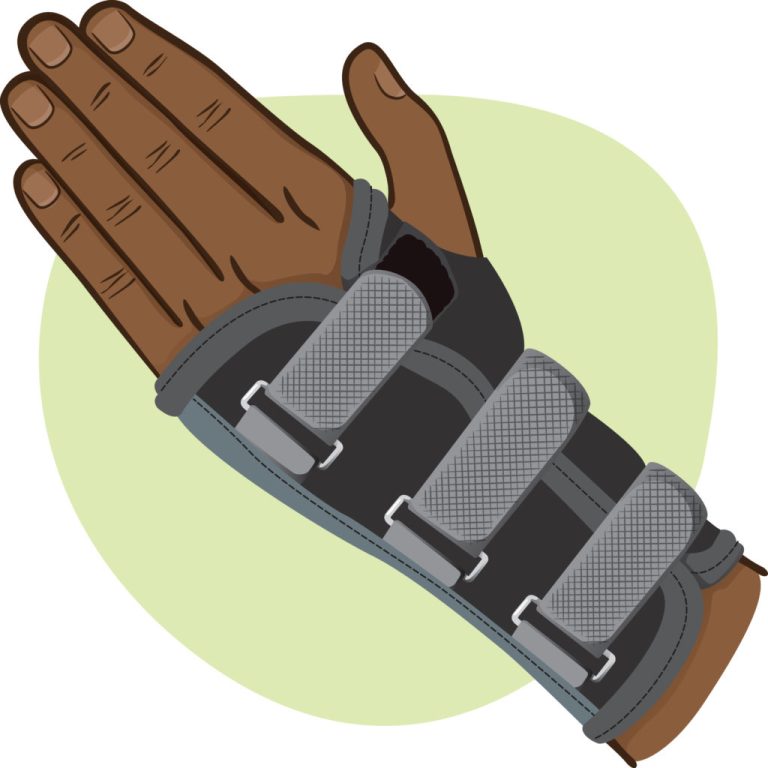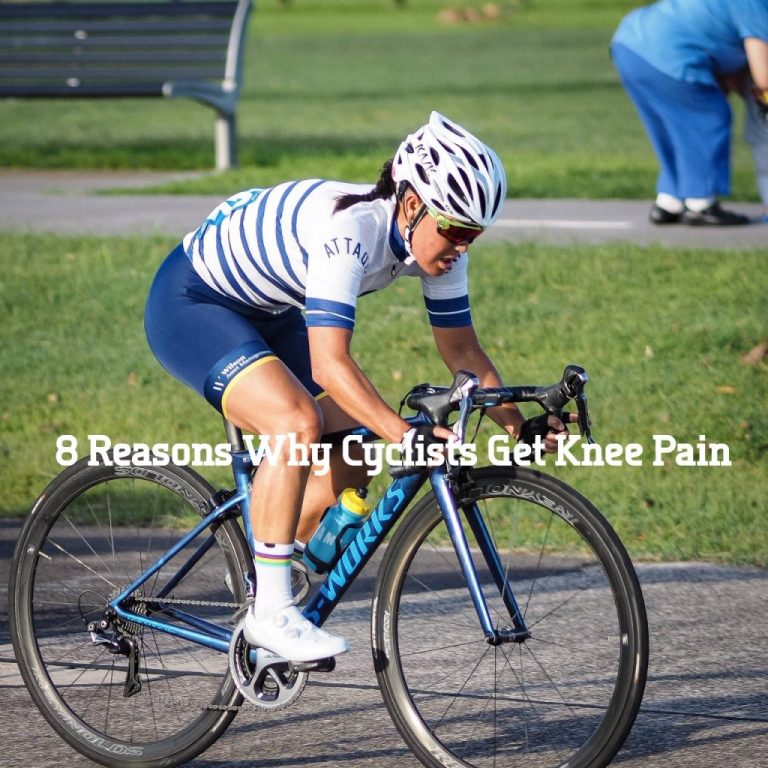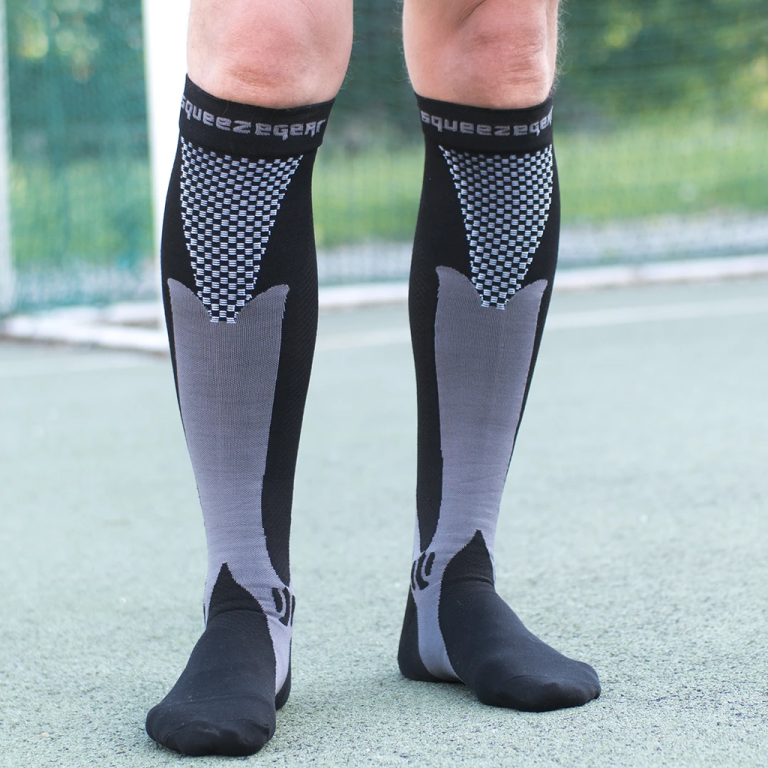“`
The Importance of Bike fitting for injury prevention: A Guide to cycling health and performance
Introduction
Cycling is a fantastic hobby and sport that not only serves as a mode of transportation but also significantly enhances physical fitness. However, without a proper bike fit, many cyclists, ranging from beginners to seasoned athletes, face a common enemy: injury. Understanding the importance of bike fitting for injury prevention is crucial for anyone looking to maintain optimal cycling health and performance.
At the heart of this discussion lies the concept of cycling ergonomics and the personalized adjustment of your bicycle. Whether it’s the saddle height, handlebar position, or overall bike setup, every component plays a part in reducing injury risk and increasing cyclist comfort. Proper alignment and a personalized bike fit can make the difference between an enjoyable ride and one fraught with potential hazards. Moreover, these adjustments can contribute to improved cycling performance metrics and easier bike maintenance.

Main Body
Proper Bike Setup: The Foundation for Injury Prevention
A well-executed bike setup is the cornerstone of cycling safety. By aligning your bike’s geometry with your body’s biomechanics, you can significantly reduce joint stress and prevent overuse injuries. When considering injury prevention through bike fitting, several key aspects stand out:
Saddle Height and Position
The saddle height is one of the most critical aspects of bike fitting. Having it set too high or too low can lead to knee pain and muscle strain, both of which are prevalent issues among cyclists. Proper saddle height allows for a full pedal stroke optimization, enhancing biomechanics and cycling efficiency.
It’s important to ensure the saddle is level and positioned correctly, parallel to the ground. This positioning helps distribute weight evenly, alleviating undue pressure on body joints, thus aiding in joint stress reduction.
Handlebar Position and Riding Posture
Next in importance is the handlebar position. Proper handlebar positioning and an appropriate stem length are vital for maintaining a comfortable riding posture. These adjustments facilitate better control and help avoid neck and shoulder strains. Aligning the handlebars at the right height can directly influence overall cycling comfort and help in preventing muscle strains.
Cycling Ergonomics and Custom Fitting
Investing in a custom fitting is often considered an advanced technique for serious cyclists who want to optimize each aspect of their ride for both comfort and performance. Through a personalized bike fit, cyclists can enhance athletic performance by minimizing friction points and aligning their bike setup with their body mechanics.

Training Techniques for Cyclists
Complementing an optimized bike fit with effective training techniques can further reduce injury risks. Techniques like interval training for cycling can boost specific muscle endurance without overstraining the body. Meanwhile, integrating power-based training using modern power meters can provide insights into cyclists’ performance, helping tailor workouts to focus on both performance metrics and injury prevention.
Best Nutrition Practices for Cyclists
Nutrition plays a pivotal role in injury prevention and cycling health. A diet rich in anti-inflammatory foods can support muscle recovery, while adequate hydration ensures joint lubrication, essential for reducing joint stress and muscle strain.
Cycling Safety Tips and Gear Selection
Choose the right cycling gear tailored to your needs. Padded shorts and quality shoes can significantly enhance comfort on long rides. Moreover, safety gear, such as helmets, can prevent major injuries. For those interested in optimizing their cycling cadence and performance metrics, wearing a fitness tracker or using cycling apps can provide real-time feedback and help adjust training plans accordingly.
Data, Metrics, and Studies
Recent studies underscore the benefits of a personalized bike fit. Research indicates that cyclists who undergo professional bike fitting experience a significant reduction in discomfort and a notable 15% decrease in overuse injuries. The importance of bike fitting for injury prevention is further evident in a study highlighting improved VO2 Max metrics due to enhanced riding posture and reduced energy wastage during pedaling.
Emphasizing cycling efficiency, many athletes have turned to power meters for accurate performance tracking. These devices offer real-time data on output, helping cyclists adjust their training intensity to prevent overtraining and muscle strain.
User Intent and Benefits
For those keen on improving endurance, a proper bike fit is essential. It reduces unnecessary fatigue and allows cyclists to maintain longer rides comfortably. Beginners looking to fine-tune their cycling techniques will find that understanding bike geometry and learning about personalized adjustments can vastly improve their easily fatigued problem zones, like shoulders and knees.
Each adjustment made during the fitting process has a practical application; from the correct saddle height preventing knee pain, to handlebar adjustments that reduce back discomfort. Embracing these benefits leads to a safer, more enjoyable cycling experience.
Conclusion
In summary, the importance of bike fitting for injury prevention cannot be overstated. By ensuring proper alignment and making personalized adjustments to your cycling setup, you can enhance your performance while reducing the risk of injury. Whether you’re tackling challenging terrains or commuting through busy streets, a well-fitted bike supports both health and efficiency. So, take the time to assess your current setup and invest in a fitting session; your body will thank you as you ride towards new horizons.
FAQs
1. Why is saddle height important in bike fitting?
Saddle height affects the pedal stroke and knee alignment. Incorrect saddle height can lead to knee pain and reduced cycling efficiency.
2. How do I know if my handlebars are correctly positioned?
Comfort and control are key. Your handlebars should allow a relaxed reach without hunching or excessive stretching, promoting both comfort and control.
3. Can a bike fit really prevent injuries?
Yes, a proper bike fit addresses various stress points, aligning your body mechanics with your bike, which reduces the likelihood of overuse injuries.
4. How often should I get a bike fit check?
It’s advisable to have a bike fit check annually, or whenever you experience pain while riding or feel discomfort over long distances.
5. Do beginners need a professional bike fit?
Yes, for beginners, a professional bike fit can fast-track comfort and performance, making the cycling journey more enjoyable and less injury-prone.
“`






